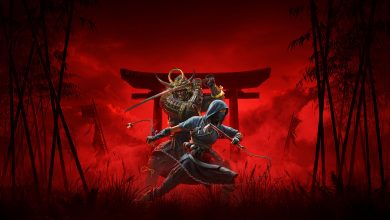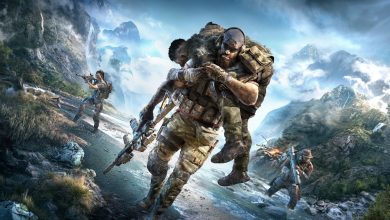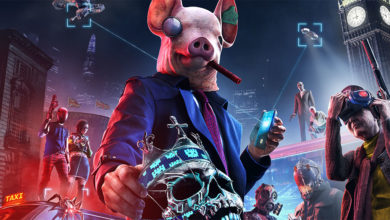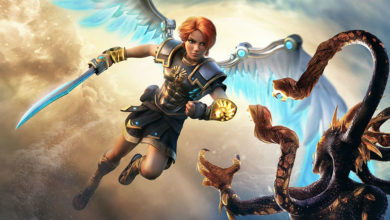I feel bad for the Russians. A bit of communism for a few decades and suddenly you are the jerk in every action film and shooter. And it’s never regular Russians either; it’s usually some splinter group hell bent on taking out the government. They also somehow manage to get enough support to take over the entire country. This is the bit where the heroic Americans step in and save the day. The last two lines, by the way, describe 90 percent of Tom Clancy games and books. Apologies for spoiling them for you, but truth be told, I did you a favour.
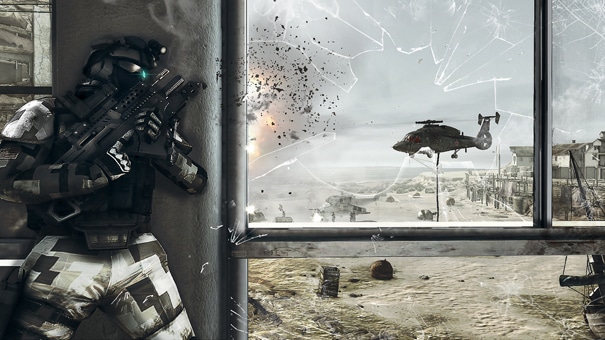
So we have Ghost Recon: Future Soldier, although it’s that in name only by this point. The tactical gameplay of the past titles is long gone; hell it was halfway out of the door in GRAW anyway. What you are left with here is a bastard child of Medal of Honor and Rainbow Six: Vegas, which might sound like the worst thing to happen to the series, but surprisingly, it ends up being very good. Understand that you are not buying a tactical shooter, and there is very little to complain about here. Except the story. Let’s just pretend it doesn’t exist. It’s better that way for our brain cells.
The tactics in gameplay this time is limited to marking targets for your team mates to take out in a synchronized shot and, on the odd occasion, telling your teammates to revive other downed teammates. Since you can’t tell your team mates to move to specific positions on a map anymore, you have to rely on their AI to position them properly. Thankfully, it’s one of the areas where the game really shines. Your team mates almost always seem to get into perfect flanking positions. They also seem to cover for your mistakes on the odd occasion when you mess up a synchronized shot. All in all, the friendly AI is fantastic and rarely made me feel like I lost out by not having direct control over my squad.
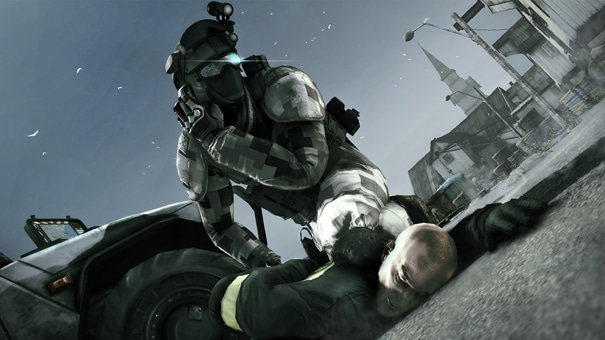
The game also seems to have a surprising amount of focus on stealth sections. Almost half of it plays out like a stealth shooter, where alarms are either discouraged or flat out disallowed due to mission objectives. It adds a fantastic layer of interesting gameplay on top of the thin tactical shooter the game would have ended up being otherwise. Throw in some great variety in missions and localities and you have a campaign that rarely feels dull despite being of a very respectable length for a shooter. The only real downside is that every now and then, it seems to fall into this bad habit of having you defend an area while you get attacked from every side. It’s a cheap trick to pad out the game’s length, which feels out of place in an otherwise superb campaign.
The campaign can also be played through in co-op with three other people, which adds significant replay value to it, but sadly, both split-screen and public matchmaking seem to be missing from the campaign. Matchmaking might have been understandable, but the lack of split screen is a real shame as the aforementioned stealth sections require a lot of communication to pull off with human players. Still, crank the difficulty up and playing it with friends feels incredibly rewarding.
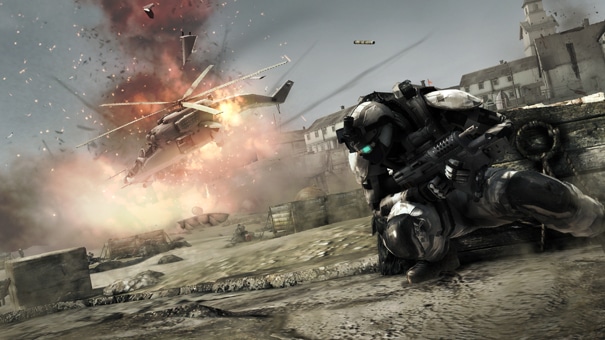
The multiplayer portion is also well designed. There is heavy focus on team play and the game types are further tailored to that theme. Support actions seem to be as important as straight up gun skills and playing lone wolf rarely gets you anywhere. Throw in some smartly designed maps and the multiplayer feels like a pretty attractive package all by itself. What ruins the experience quite significantly though is the netcode. Almost half the games I played (and I played a fairly significant number) were laggy enough to be almost unplayable. Even when the game is playable, the hit detection seems to be all over the place and host migration only seems to work about one-third of the time.
There is also the game’s own take on the ever popular Horde mode from Gears. The core gameplay carries over from the campaign, but without the pacing from the campaign, it feels a little tacked on. Still, it’s a fun little distraction and if you enjoyed terrorist hunt in the last two Rainbow Six games, you will probably have fun with this as well. Once again, like the campaign, there is no matchmaking, which I feel will hurt the longevity of the game mode. Thankfully though, the option to play it split screen is present here and goes some way to make up for the lack of matchmaking.

The last thing worth mentioning is the Gunsmith feature, which lets you mod any weapon in the game to an incredible degree. Things like fire rate, optics, magazines, etc can be modified to suit your play style and you can immediately test your new gun by jumping into the firing range. It’s a fantastic little addition that makes experimenting with weapons a real joy. It even makes the inevitable multiplayer grind feel worthwhile.
Conclusion
Future soldier is a very well rounded off package. It’s let down to a certain degree by the execution though. The lack of matchmaking in the campaign and Guerrilla mode is a sore spot, as is the netcode in online multiplayer. But none of that takes away from the fantastic campaign. In a year that will soon be crowded with shooters, it’s a title well worth owning.

